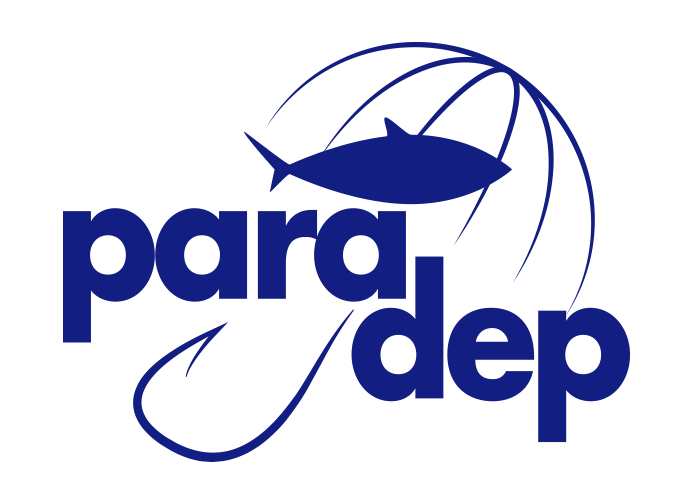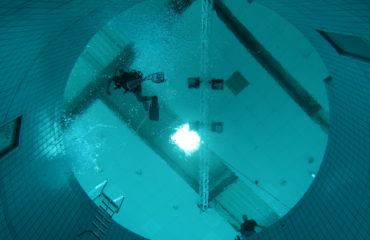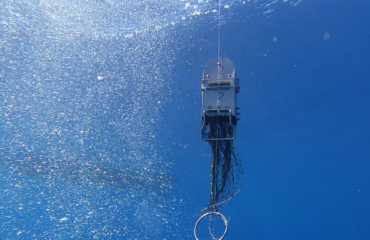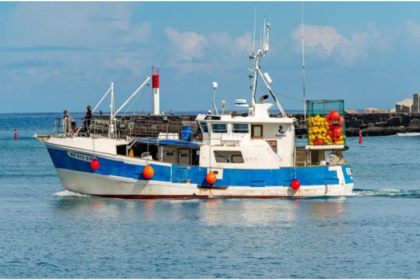
June 11 – 19, 2019: Marc SORIA, our acoustic engineer involved in the PARADEP project, undertook an acoustic survey onboard the Vetyver 6 during a commercial fishing campaign. That 16 m long commercial pelagic longliner belongs to the fishing company and project partner ENEZ DU. The goal of that survey was to improve our knowledge about the behaviour of toothed whale species involved in depredation and evolving in the vessel vicinity. During each fishing operation, 24 accelerometers, 6 hydrophones and 2 underwater cameras were set. Hydrophone allows detection of sounds emitted by marine mammals, while accelerometer provides information about the way they move and their behaviour. Collected data will allow to assess false killer whales and short-finned pilot whales’ presence and behaviour during depredation events. In the end, we expect to get new insights into toothed whale depredation process: preferential period of the day for depredation, cues that may lead to line detection and capture detection.
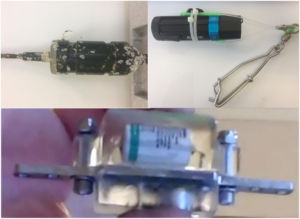
ST300HF hydrophone 200 mm L * 60 mm D (A), PARALENZ camera with snap 116 mm L * 38 mm D (B), DEEPG+ accelerometer (C)
Survey monitoring
The fishing trip took place from June 11 to June 19, 2019, in a fishing area located 100 miles south of La Réunion Island. Six fishing operations were undertaken, and the aforementioned material was deployed during each longline setting. A total of 840 hooks (baited with squid) were set.
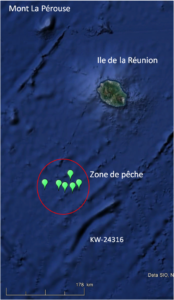
Fishing area
Both underwater cameras were deployed on the mainline, at the beginning of the line. The hydrophones were deployed on the first six floatlines and the accelerometers were set on both sides of the hydrophones.
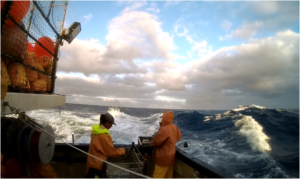
Line setting
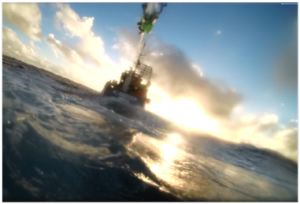
Camera immersion
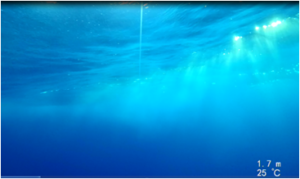
Underwater view recorded by one camera
Results
Catch mainly included yellowfin, albacore, bigeye tunas and swordfish. About 600 kg of fish were caught each day. Unfortunately, neither toothed whale nor toothed whale depredation event was recorded during the survey.

Captures of tuna and swordfish
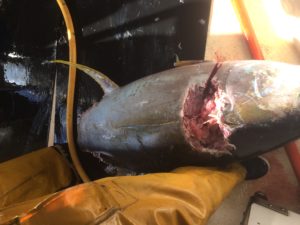
Tuna depredated by shark
Data processing is currently ongoing. First, we will sample acoustic data to detect potential toothed whale clicks. Then, we will analyze the accelerometers data to detect capture events and potential predator movements in the line vicinity. Despite the fact that no toothed whale depredation event was witnessed, we will analyze the recorded data anyway. Indeed, sounds emitted by marine mammals evolving near the line may have been recorded. Sounds emitted by tuna and swordfish may have also been recorded.
The report will be available soon.
